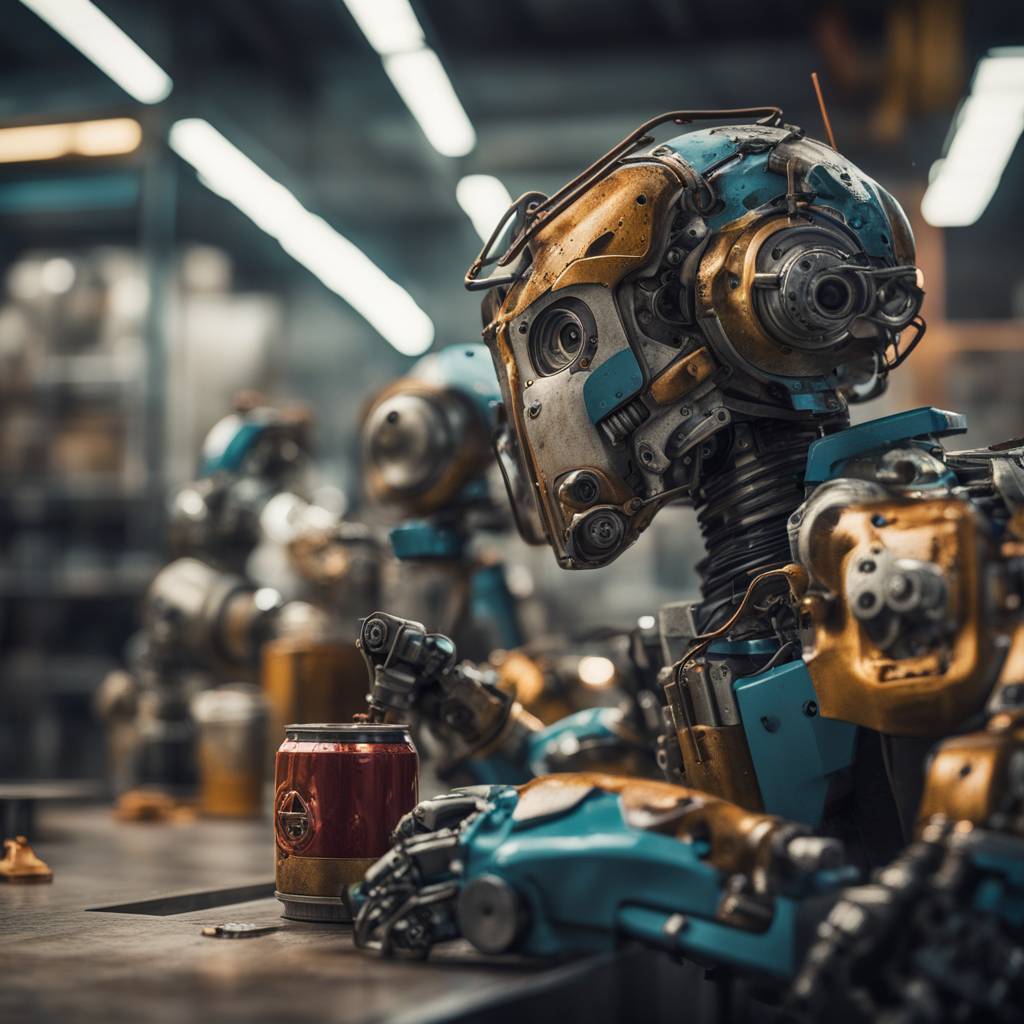As technology continues to advance and automation becomes more prevalent in various industries, the debate over the impact of increased reliance on robots and artificial intelligence on the economy and workforce has intensified. Supporters of automation argue that it can lead to increased efficiency, lower costs, and improved productivity, while critics raise concerns about job displacement, growing inequality, and the potential for a loss of human connection in the workplace.
One of the key arguments in favor of automation is its ability to streamline processes, reduce errors, and increase overall productivity. By automating repetitive and tedious tasks, businesses can free up their employees to focus on more complex and creative work, ultimately leading to a more efficient and innovative workforce. Automation can also lower costs for companies, as machines do not require salaries, benefits, or breaks like human workers do. This can lead to increased profitability and competitiveness in the marketplace.
However, the rise of automation has also raised fears about job displacement and the future of work. As robots and AI become more sophisticated, there is growing concern that they will take over jobs traditionally performed by humans, leading to mass unemployment and a widening wealth gap. Some studies have suggested that up to 47% of U.S. jobs are at risk of being automated in the coming decades, particularly those in manufacturing, retail, and transportation. This has sparked debates about the need for policies and programs to support workers who may be displaced by automation.
Another concern surrounding automation is the potential loss of human connection in the workplace. While robots and AI can perform tasks with speed and accuracy, they lack the emotional intelligence and empathy that human workers bring to their interactions with colleagues and customers. This could lead to a more impersonal and alienating work environment, where employees feel disconnected and undervalued. Maintaining a balance between automation and human labor is crucial to preserving the social fabric of organizations and ensuring positive employee morale.
Despite these challenges, many experts believe that automation can coexist with humans in the workplace, as long as there is a focus on upskilling and reskilling the workforce. By investing in training programs and education initiatives, companies can prepare their employees for the changing demands of the labor market and help them transition into new roles that complement automation. This approach can lead to a more dynamic and adaptable workforce that can thrive in an increasingly automated world.
In conclusion, the debate over automation and its impact on the economy and workforce is complex and multifaceted. While automation offers numerous benefits in terms of efficiency and cost savings, there are legitimate concerns about job displacement, inequality, and the erosion of human connections in the workplace. Finding the right balance between automation and human labor will be crucial in navigating this transition and ensuring a sustainable and equitable future for workers. By investing in education and training and prioritizing the well-being of employees, businesses can harness the benefits of automation while mitigating its potential downsides.













